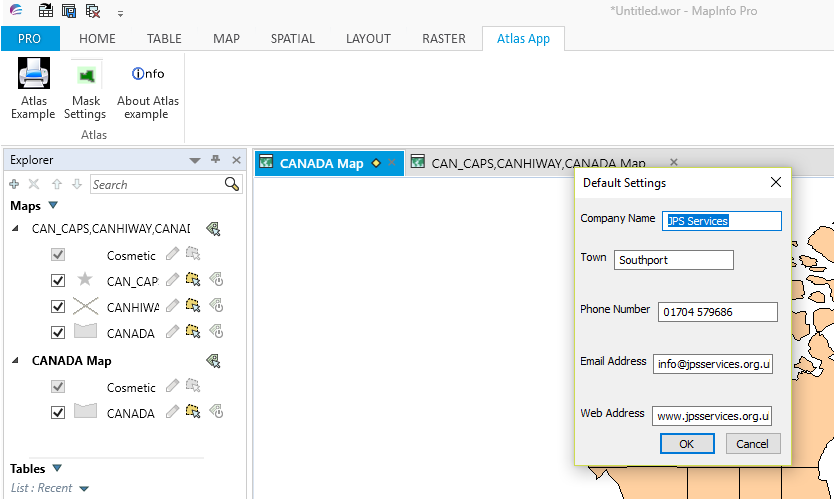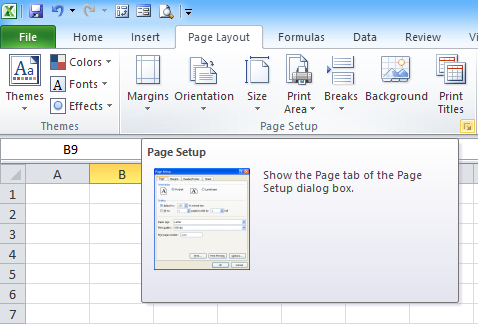


- #CLIPBOARD DIALOG BOX LAUNCHER. HOW TO#
- #CLIPBOARD DIALOG BOX LAUNCHER. WINDOWS 10#
- #CLIPBOARD DIALOG BOX LAUNCHER. WINDOWS#
Show Office Clipboard When CTRL+C Pressed Twice A good choice, but only if you use it all the time. This setting automatically displays the Office Clipboard whenever you copy an item. You will see the drop-down menu where you can change the Office Clipboard settings. Click the “Options” button at the bottom of the Clipboard task pane.ħ. To make it easier for you to manage the clipboard, you can customize the Office Clipboard settings, saving yourself some time when copying or deleting any items.Ħ. To clear the entire clipboard at once, click the “Clear All” button at the top of the Clipboard task pane. Then, click the drop-down button that appears and choose “Delete.”ĥ. To delete an individual entry, hover over the item you want to remove in the Clipboard task pane.
#CLIPBOARD DIALOG BOX LAUNCHER. HOW TO#
Now let’s learn how to trim down your clipboard list.Ĥ. Pay attention that there is a small icon next to each item, which shows its source. On the left side of the spreadsheet, you will see the Clipboard task pane where you can manage all the items stored there. Find the Clipboard group on the left side of the Ribbon and click the Clipboard dialog box launcher in the bottom right corner.ģ.
#CLIPBOARD DIALOG BOX LAUNCHER. WINDOWS#
Open the Office Clipboard Task Paneįor Windows users, accessing the Office Clipboard is a real piece of cake:Ģ. So, let’s roll up our sleeves and get down to business. you just want to make your work in Excel quicker by storing only the necessary data.įortunately, optimizing your clipboard is a quick task if you know how to do it the right way.you often work with confidential information and worry that it may leak out.you need to use someone else’s computer and don’t want this person to know what you did there.There are more possible reasons why you may want to clear the clipboard: You may get into trouble if you desperately need that first item and don’t remember where you copied it from. The Office Clipboard can store only up to 24 items, and when you add the 25th element to it, the very first one is automatically deleted. In this guide, we will show how to open the Office Clipboard and manage its contents. It means that if you open the clipboards in Excel and Word, you will see the same items that can be used in both of the applications. The Office Clipboard is a space where you can store the data you copied and then use it across all the Office apps. However, even such a trivial thing can be transformed into something bigger as it’s shown by a Microsoft Office feature called the Office Clipboard. Once you do, you can hit the Windows Key and V together on your keyboard to see your keyboard history, regardless of which app you’ve copied content from.The term “copy-and-paste” has already become a set phrase for the simple and unimaginative method of producing content. This needs to be enabled from the System Settings by searching for Clipboard and enabling the feature.

#CLIPBOARD DIALOG BOX LAUNCHER. WINDOWS 10#
If you’re up and running with the Windows 10 October 2018 Update, you can view your clipboard history. Now that you’ve mastered the Office clipboard, there’s also an alternative that you may consider using.

Then click on the Clear all button underneath the Clipboard title. If you want to clear the Clipboard panel.Ĩ. Then click on the dropdown menu next to the items and click on Delete. With your cursor clicked on the new email, click on any of the items, and they will appear inside the email you are concocting.ħ. To use the Clipboard items, open a new message (or reply to an email) and open the Clipboard the same way as before, by clicking on the bottom right corner of the Dialog Box Launcher.Ħ. The more you copy any content, the more items will appear.ĥ. To add more to the list, simply highlight any text or even images, click copy (CTRL + C) and the item will appear automatically in the Clipboard.Ĥ. The Clipboard is now displayed on the left side of the screen.ģ.


 0 kommentar(er)
0 kommentar(er)
